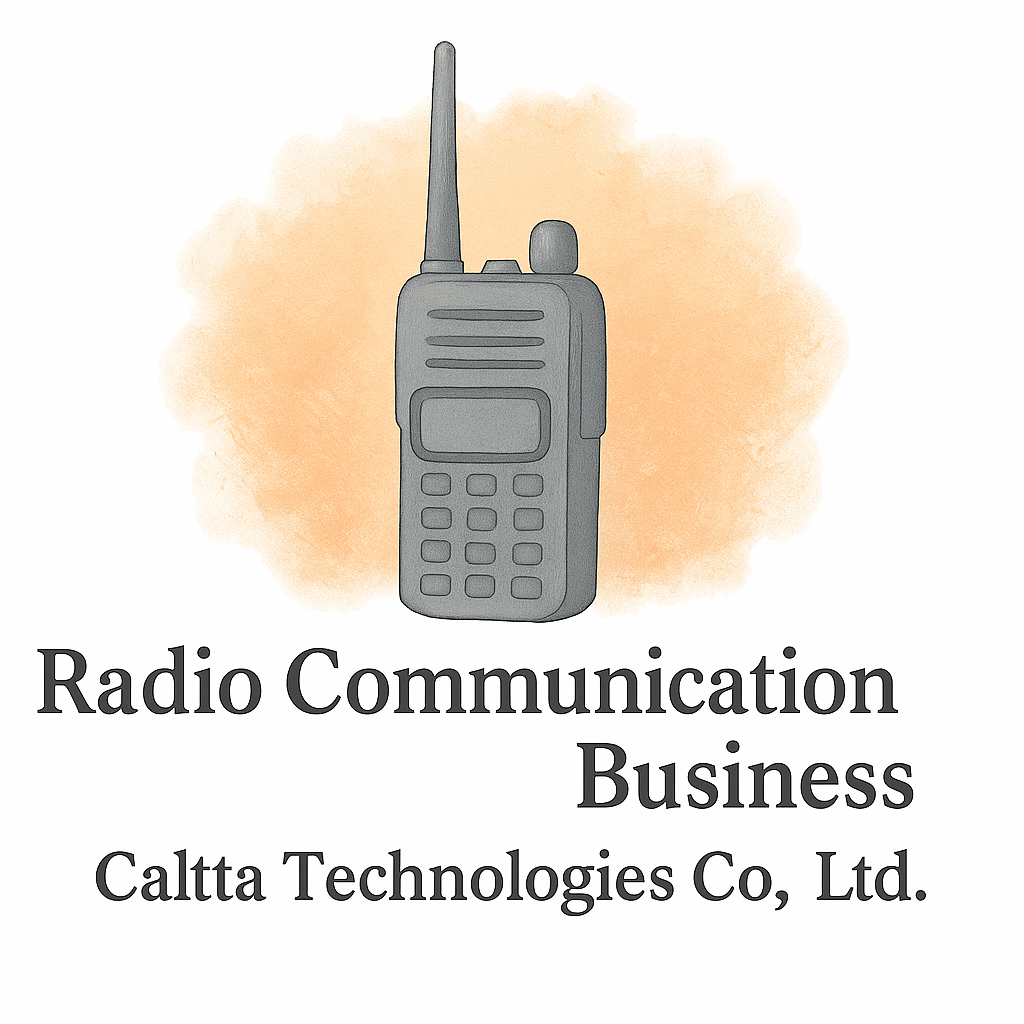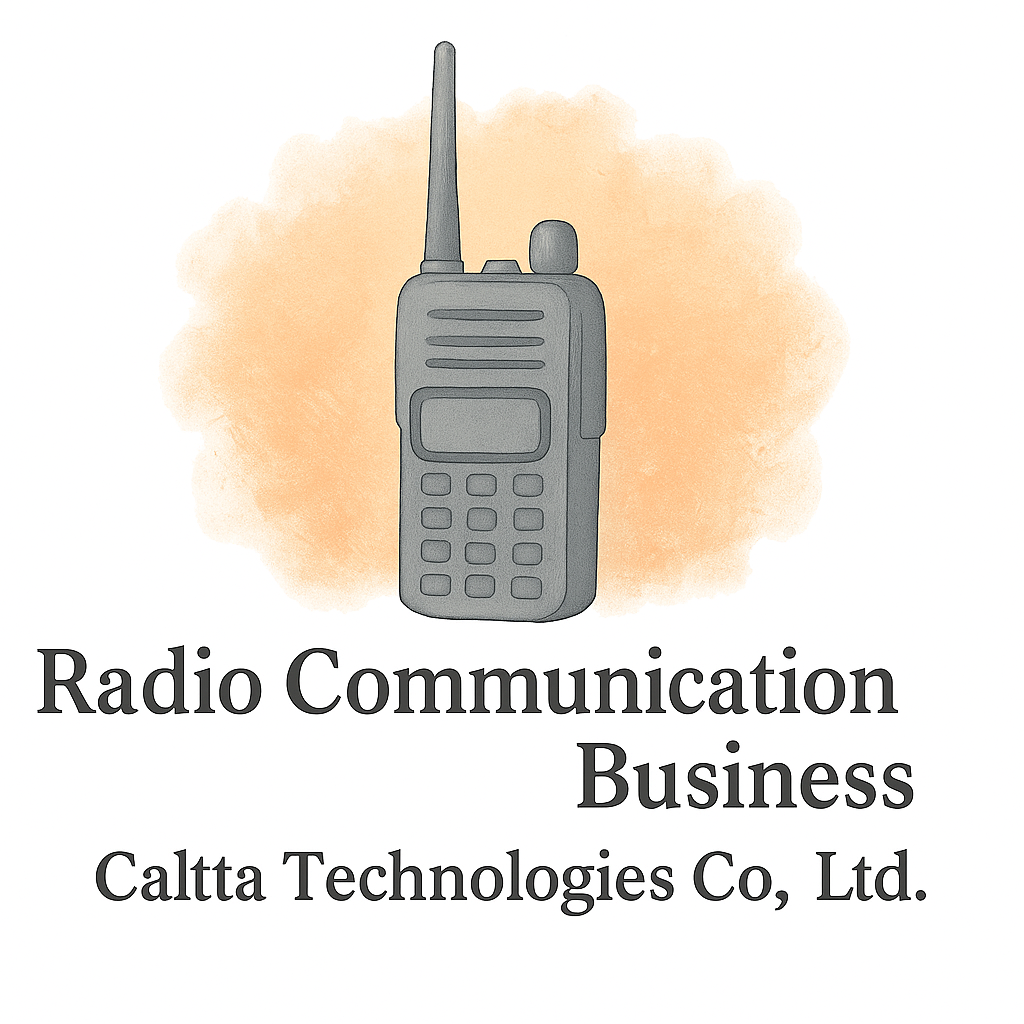Introduction
Running a blog for your radio communication business isn’t just about posting company updates—it’s a powerful way to establish authority, engage your audience, and improve your visibility online. But let’s be honest—coming up with fresh content ideas can be tough.
That’s why we’ve compiled 10 practical content ideas that will help fuel your blog with engaging, SEO-rich material. Whether you’re just starting out or looking to scale your content strategy, these ideas are tailored to fit your niche and convert readers into loyal customers.
Why Content Marketing Matters for Radio Communication Businesses
Building Authority in a Niche Market
When you consistently publish quality content about radio communications, you start to stand out as an expert. This builds trust, attracts leads, and keeps your brand top of mind.
Driving Organic Traffic with SEO
Content optimized for keywords like radio communication, equipment, startup tips, and others helps you rank higher on search engines. More visibility equals more potential customers.
Looking to build the foundation for your business? Visit Business Startup Basics.
1. Equipment Reviews and Comparisons
Why Product Reviews Build Trust
Your readers want to know what gear is worth investing in. By writing detailed reviews of two-way radios, walkie-talkies, and related accessories, you’re providing value and helping buyers make informed decisions.
Explore the latest in Equipment & Technology
Tips for Creating Authentic Reviews
- Use real-life testing scenarios
- Compare models based on features, battery life, and range
- Include pros and cons
- Link to additional product resources or videos
Use internal tags like #equipment and #tools for better SEO reach.
2. Radio Communication Industry Trends
Stay Ahead of the Curve
Share what’s new in the world of radio communication. Whether it’s advancements in frequency technology or market growth in emergency services, keep your readers in the loop.
Use Data and Industry Reports
Cite research or link to trusted sources to back up your content. Check out Industry Insights for current trends.
Use tags like #industry, #tech, and #changes.
3. How-To Guides and Tutorials
Educate Your Audience with Practical Advice
Step-by-step guides are blog gold. They help beginners and even experienced users improve their knowledge.
Example: Setting Up Two-Way Radios
Write a detailed tutorial on how to set up, sync, and maintain two-way radios for different environments like construction sites, events, or security.
Link to relevant posts under #startup or #radio-communication.

4. Case Studies and Success Stories
Showcase Real-Life Applications
Highlighting businesses or agencies that benefited from your products adds a human touch. It also builds confidence in potential buyers.
Highlight Business Impact
Mention metrics like time saved, clearer communication, or reduction in downtime. Link to #entrepreneur and #business.
5. Regulatory Updates and Compliance Tips
Simplify Complex Regulations
Many radio communication users struggle with licensing and legal requirements. Explain compliance in plain English, step by step.
Add Internal Links to Compliance Tags
Refer to helpful pages on #compliance, #law, and #regulation.
6. Cost-Saving Hacks and Budgeting Tips
Help Readers Optimize Their Expenses
Everyone loves a good hack—especially when it saves money. Share ways to reduce costs on equipment, setup, and maintenance.
Link to Budget and Cost-Saving Resources
Use tags like #cost-saving, #budget, and #tips.
For financial strategies, visit Financial Planning.
7. Interviews with Industry Experts
Build Credibility Through Expert Insights
Interview seasoned professionals in radio communication, tech developers, or emergency service managers. Their insights offer unique value to your audience.
Tag posts with #conference, #events, or #networking.
8. Event Coverage and Networking Opportunities
Recap Conferences and Webinars
Write about events your team attended or hosted. Share takeaways, key moments, and what’s next for the industry.
Encourage Participation in Industry Events
List upcoming expos or training sessions. Readers love to feel included and connected. Tag with #events.
9. Tips for Marketing and Branding in Radio Communication
Grow Your Audience Through Promotion
Most radio businesses struggle with online visibility. Teach them how to promote their services effectively.
Check out Marketing & Branding for inspiration.
Leverage Social Media and Branding Tips
Share hacks for boosting visibility on platforms like LinkedIn or YouTube.
Link to #promotion, #social-media, and #marketing.
10. Tech Innovations and Future of Radio Communication
Explore What’s Next in the Field
Get futuristic. Talk about AI in radio dispatch, satellite integration, or mesh networks. Readers love knowing what’s coming next.
Add tags like #tech and #hacks.
Conclusion
Blogging isn’t just about filling up your website—it’s about building a lasting connection with your audience. By using these 10 content ideas, your radio communication blog can become a trusted resource that educates, informs, and converts readers into loyal customers.
And remember, quality always trumps quantity. So take your time, be authentic, and always aim to solve problems for your readers. Want more ideas or help with your startup? Dive into the resources at Caltta International.
FAQs
1. What are the best topics for a radio communication blog?
Focus on equipment reviews, how-to guides, industry trends, and cost-saving tips.
2. How often should I update my blog?
At least once a week to stay relevant and boost SEO.
3. Can I use affiliate links in product reviews?
Yes, as long as you disclose them and keep the content helpful and unbiased.
4. What SEO keywords work best for radio communication blogs?
Keywords like “radio equipment,” “two-way radios,” “radio tech tips,” and “radio compliance” perform well.
5. How do I promote my blog posts?
Use email newsletters, social media, and internal linking through your website. Tag wisely using #marketing and #promotion.
6. Should I include videos in blog posts?
Absolutely. Videos enhance user engagement and boost time spent on page.
7. What tools can help streamline my content creation?
Consider using content calendars, SEO tools, and analytics platforms to plan and optimize your content.


